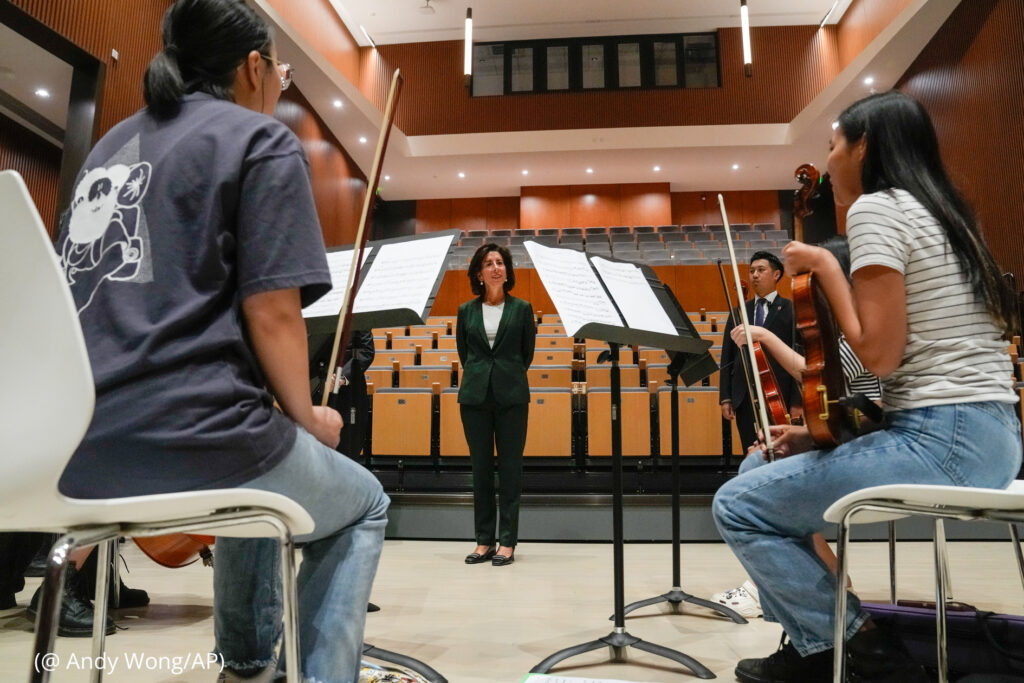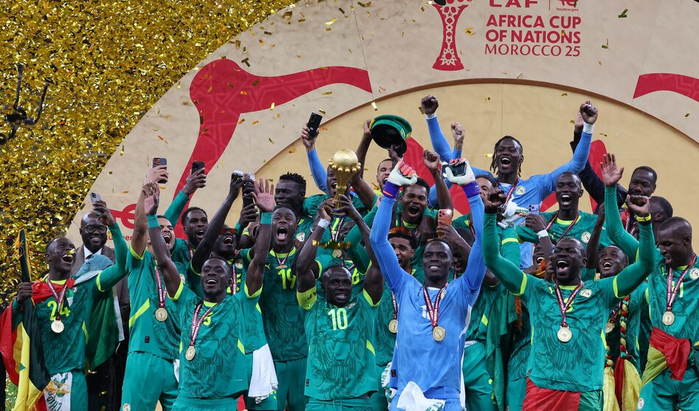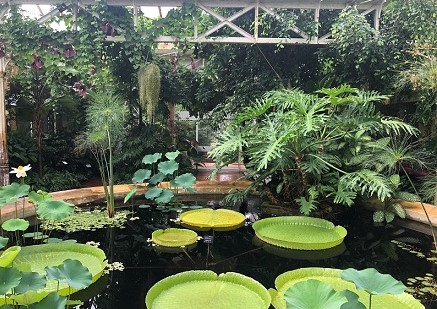Students from the United States and China are advancing cultural ties between the two nations.
During an April 24–26 trip to Beijing and Shanghai, Secretary of State Antony Blinken will meet students from the U.S. and China who study at NYU Shanghai, the Hopkins-Nanjing Centre and Duke Kunshan University. The meeting will be at NYU Shanghai, founded in 2012 by New York University and East China Normal University.
The school hosts students from 70 countries, including nearly 500 from the U.S. Strengthening ties between the people of the U.S. and China is one of the shared priorities President Biden and China’s President Xi Jinping outlined at their November summit in Woodside, California.
Others include counternarcotics cooperation and talks to address AI-related risks and climate change. The countries’ cultural ties are well established, in part through a history of academic exchange.
A recent survey of Chinese international students who studied in the U.S between 1991 and 2021 found students are attracted by the promise of a high-quality education and many stay in touch with classmates or professors after graduation. The U.S. is a world leader in education — with half of the world’s top 20 universities — and many U.S. schools offer a range of study options.
Chinese students appreciate the freedom to choose from many academic majors offered by U.S. schools, according to the survey by the Washington-based nonprofit U.S.-China Education Trust and the University of California-San Diego’s 21st Century China Centre. Keats, a student from China studying art history and French, said the curriculum is broadening her horizons.
“Liberal arts college can be an opportunity to explore the true me,” she told EducationUSA in November.
American Celia Forster had wanted to learn Chinese since middle school, when she corresponded with a pen pal in China. She began studying Chinese in high school in Snohomish, Washington, and has achieved near fluency while studying at NYU Shanghai.
Forster appreciates the opportunity to live with a Chinese roommate and listen to different perspectives in class. Speaking of her work as a mentor to a Chinese student, Forster says, “Even though we had an age gap, culture gap, and language differences, it was an opportunity for me to practice Chinese while understanding her experiences.”
Back in the United States, higher education institutions host 1 million international students from 200 countries and are a top destination for Chinese students. “A majority of students from China find Americans friendly and welcoming,” the U.S.-China Education Trust survey says.
“A large majority of Chinese students would do it over again if given the choice.”

















